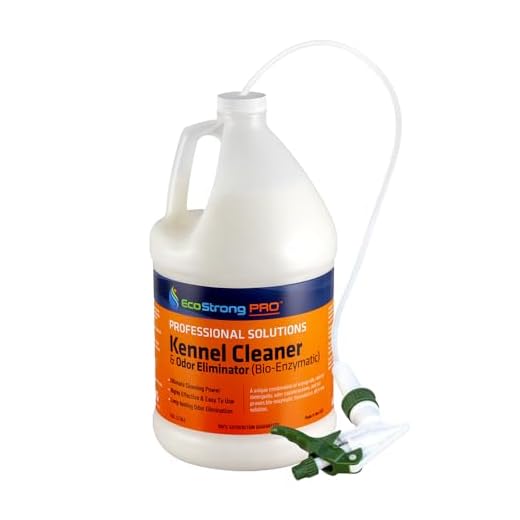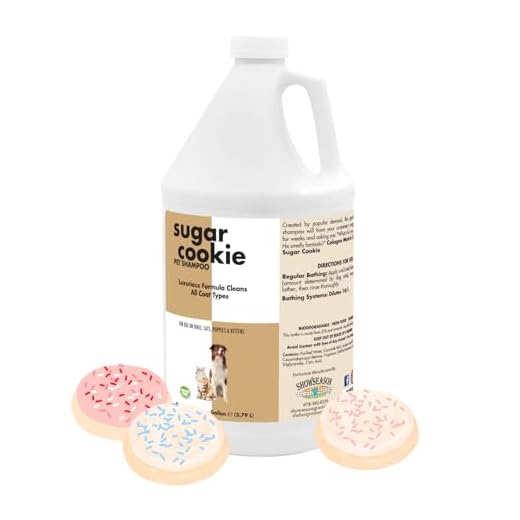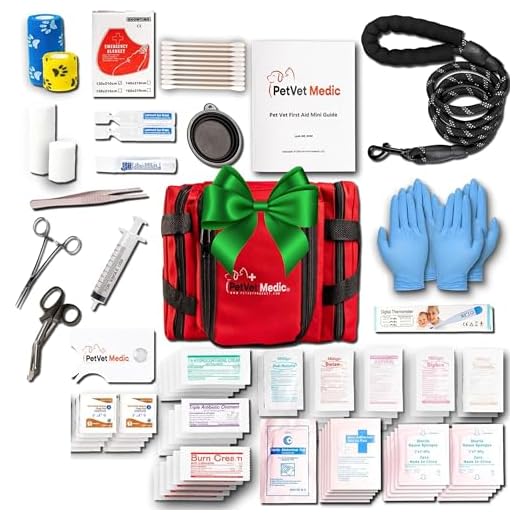

Listen up, humans! If you’re using a popular cleaning liquid in your home, it’s time to reconsider its safety for furry friends like me. Many of these cleaners contain ingredients that might not be the best for our health. If you suspect that I might accidentally come into contact with such a product, it’s smart to switch to alternatives that are less harmful.
First, check the label. Look for any harmful chemicals or fragrances that could pose a risk. Some common ingredients can cause gastrointestinal upset or skin irritation if ingested or absorbed through my paws. Always ensure that any surfaces I might walk on are thoroughly rinsed and free from residues.
When it comes to cleaning, opting for plant-based or certified pet-safe products is a wise choice. These options usually don’t contain harsh substances and are less likely to impact my well-being. Your choice of cleaning supplies can make a big difference in keeping our living space safe and sound!
Is Dawn Dish Soap Toxic to Cats
As a feline, I’ve done some digging into whether that popular cleaning product is harmful to my kind. The short answer? It’s not designed for us, and caution is key. If ingested or used improperly, it can lead to gastrointestinal upset or skin irritation.
Always keep in mind that our bodies are sensitive. If you suspect I’ve come into contact with the substance, monitor for any unusual behavior or symptoms, like vomiting or lethargy. In such cases, a chat with a veterinarian is a smart move.
For cleaning purposes, opt for pet-safe alternatives. There are numerous products specifically formulated with our health in mind. Protecting our well-being is a priority, so always read labels and choose wisely.
In summary, while the product isn’t inherently dangerous, it’s best to steer clear and select options made for our unique needs. Safety first!
Ingredients in Dish Cleaning Liquid and Their Effects on Felines
Some components in this cleaning product can be harmful to me and my furry friends. Ingredients such as sodium lauryl sulfate and preservatives might lead to gastrointestinal upset if ingested. Signs of distress include vomiting and diarrhea.
Common Ingredients and Their Risks
One common element is sodium lauryl sulfate, which can irritate skin and cause allergic reactions. My sensitive whiskers wouldn’t appreciate that! Additionally, fragrances and dyes can provoke respiratory issues or skin irritations. It’s best to keep these products out of reach and monitor for any adverse reactions.
Recommendations for Safe Use
If you need to use this cleaning agent, rinse all surfaces thoroughly afterward. This minimizes any residue that could be harmful. Always opt for pet-safe alternatives whenever possible. Keeping our environment safe is key to ensuring a happy and healthy life!
Symptoms of Soap Ingestion in Cats
If I ever get into something harmful, there are clear signs that something’s not right. Watch for these symptoms if you suspect your furry friend has consumed a cleaning product. Common reactions include vomiting, which can happen shortly after ingestion. You might also notice diarrhea; if it persists, it’s a reason for concern.
Another red flag is excessive drooling. If my mouth is suddenly watery and I’m licking a lot, it could indicate irritation. Look out for signs of lethargy too; if I’m less playful or seem unusually tired, it’s time to pay attention.
Sometimes, I might act restless or anxious. If I’m pacing around or hiding more than usual, it could signal discomfort. Loss of appetite is another symptom; if I’m turning my nose up at my favorite treats, that’s not like me at all.
In some cases, you might see behavioral changes such as increased vocalization or unusual reactions to being touched. If I’m more sensitive than normal, it’s a sign that something’s off.
Always consult with a vet if you notice any of these symptoms. Quick action can make a difference in my well-being, so don’t hesitate to seek help!
What to Do If Your Cat Ingests Dish Cleaning Liquid
If I accidentally consume liquid meant for cleaning dishes, take immediate action. First, stay calm and assess the situation. Check if I am showing any signs of distress or discomfort.
Contact a veterinarian or an emergency animal clinic right away. Provide them with details about the product ingested, including the ingredients listed on the label. This information is critical for proper treatment.
Do not induce vomiting unless instructed by a professional. Some substances can cause more harm if expelled. Instead, keep me hydrated and monitor for any symptoms.
Here’s a quick reference table for symptoms to watch for:
| Symptom | What to Do |
|---|---|
| Vomiting | Contact a vet immediately. |
| Diarrhea | Ensure hydration and call the vet. |
| Lethargy | Monitor closely and seek veterinary advice. |
| Tremors or seizures | Get emergency help right away. |
After receiving professional care, follow their advice for recovery and monitor me closely. Always keep cleaning products securely stored to prevent future incidents.
Safe Alternatives to Regular Cleaning Products for Pet Owners
Pet owners can opt for several safe options when it comes to cleaning and grooming. Here are some recommendations:
- Castile Soap: Made from vegetable oils, this soap is gentle and biodegradable. It effectively cleans without harmful chemicals.
- Vinegar and Water Solution: A mix of equal parts vinegar and water serves as a natural disinfectant. It eliminates odors and is safe for furry companions.
- Baby Shampoo: Formulated for sensitive skin, baby shampoo is mild and can be a safe option for washing fur. Rinse thoroughly to avoid residue.
- Pet-Safe Shampoos: Many brands specialize in grooming products designed specifically for pets. Look for those labeled as non-toxic and hypoallergenic.
- Oatmeal Bath Products: Oatmeal-based solutions soothe skin and are gentle on coats. These are particularly good for pets with skin sensitivities.
When selecting any cleaning or grooming product, always check the label for safety information and consult with a veterinarian if unsure about any ingredients.
Staying informed about cleaning practices ensures a safe environment for all furry friends while keeping homes tidy.
How to Properly Clean Pet Items Without Toxicity Risks
For a safe cleaning routine, use mixtures of vinegar and baking soda. These natural ingredients effectively eliminate odors and stains without harmful effects. Combine equal parts of white vinegar and water in a spray bottle for a surface cleaner. For tougher grime, sprinkle baking soda on the item, spray the vinegar solution, let it fizz, and wipe clean.
Cleaning Specific Items
For pet bedding, wash in hot water with a cup of vinegar added to the rinse cycle. This neutralizes odors and disinfects without introducing harmful chemicals. For toys, soak them in a solution of water and vinegar for 10-15 minutes, then rinse thoroughly. Always ensure items are fully dried to prevent mold growth.
Safe Storage of Cleaning Supplies
Store your cleaning solutions in a secure place, out of reach of pets. This prevents accidental ingestion. Regularly check your cleaning products and opt for eco-friendly brands that clearly label their ingredients. For more pet care tips, check out this link for best 3 letter names for dogs.
Consulting Your Veterinarian About Soap Risks
Always consult your veterinarian if you suspect any product may harm your furry friend. Vets can provide tailored advice based on your pet’s health and history.
Here are specific steps to take:
- Gather Information: Collect details about the product, including its ingredients and any relevant packaging information.
- Observe Behavior: Monitor for any unusual signs or symptoms after potential exposure.
- Be Prepared for Questions: Your vet may ask about the quantity ingested and the time of exposure.
- Follow Recommendations: Adhere to your vet’s guidance regarding treatment or monitoring.
Regular check-ups can help identify any ongoing health concerns related to exposure to harmful substances. Keeping an open line of communication with your vet ensures you’re always informed about your companion’s safety.
Preventing Feline Exposure to Household Cleaning Products
To keep your furry friend safe, store all cleaning agents in secure cabinets out of reach. Use childproof locks if necessary. Always read labels for safety information and recommended usage. Opt for products labeled as safe for pets, especially when cleaning areas frequented by your companion.
When cleaning, ensure your space is well-ventilated. Prolonged exposure to fumes can be harmful. After using cleaning solutions, wait a while before allowing your pet back into the area to ensure all residues have settled.
Consider using natural alternatives, such as vinegar and baking soda, for many cleaning tasks. These substances are effective and significantly less harmful. Always test any new cleaner in a small area to ensure it doesn’t cause adverse reactions.
After cleaning, keep an eye on your pet for any unusual behaviors, as this can indicate distress or discomfort. If you suspect exposure, consult a veterinarian immediately for advice.
For flea control, explore safe options like over the counter flea treatment for cats that won’t compromise their health.








